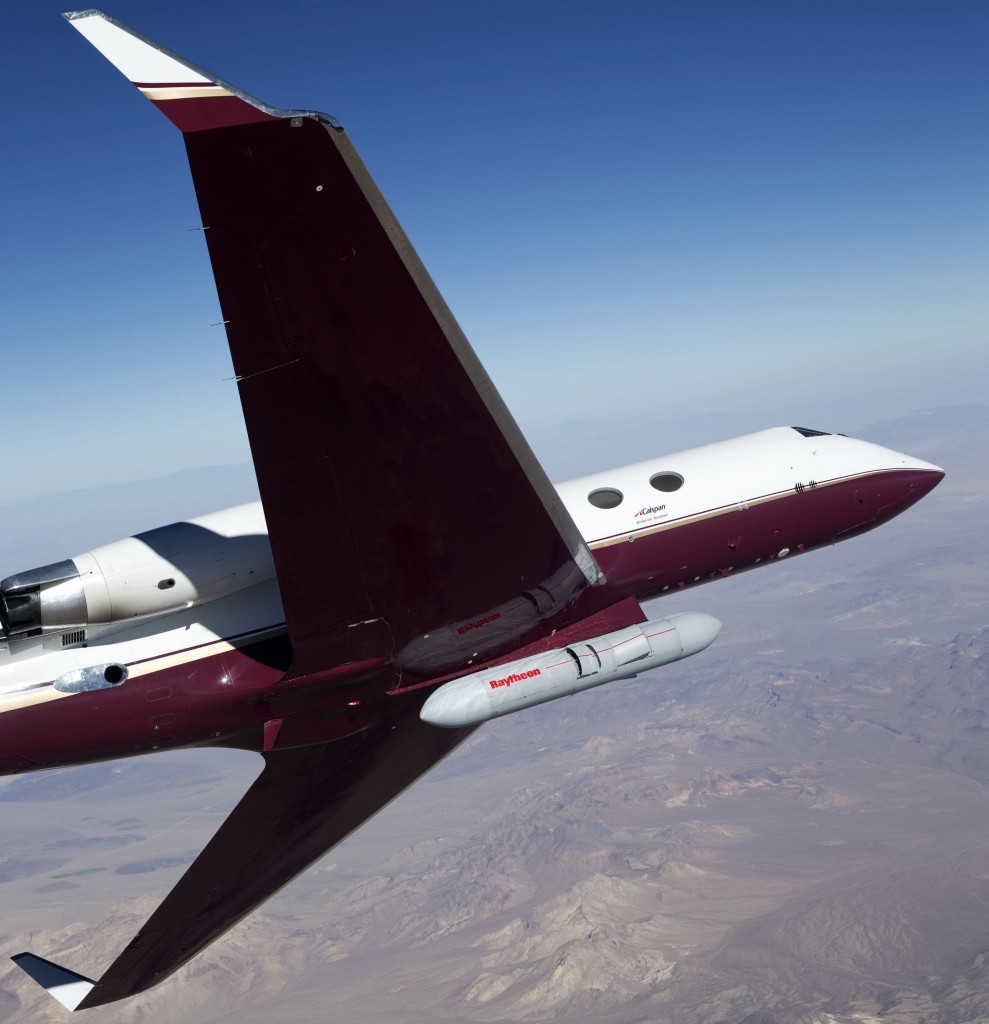Next Generation Jammer

هو مشروع لتطوير نظام حرب الكتروني محمول جوا
لاستبدال
AN/ALQ99

ستصل للقدرة التشغيليه الاوليه عام 2021

ستوفر قدرات هجوم وتشويش الكتروني مبتكره
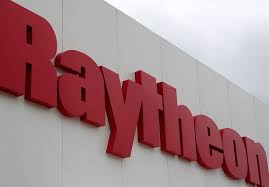
الصانع شركة رايثون
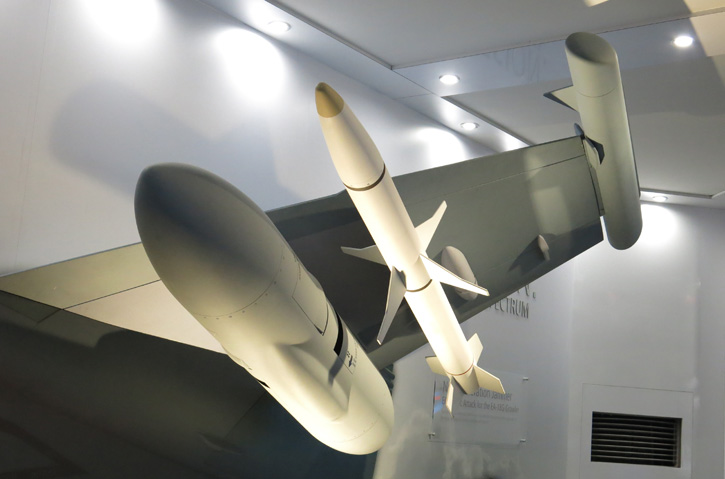
طريقة العمل:
لتشويش الشبكي
flooding the frequencies in which they operate with energy so that enemies cannot collect or transmit information
That requires being able to precisely identify the relevant frequencies and then generate sufficient local energy to prevent their use
active electronically scanned arrays
meaning transmitters that direct their jamming signals by shifting phase electronically rather than being mechanically moved. Moving parts tend to wear out, and can’t deliver the agility of electronically-scanned systems. The Next Generation Jammer will be able to defeat diverse threats simultaneously with sufficient accuracy so that it does not disrupt friendly signals on adjacent frequencies (such as GPS signals). It will be more efficient, more reliable, and more maintainable.
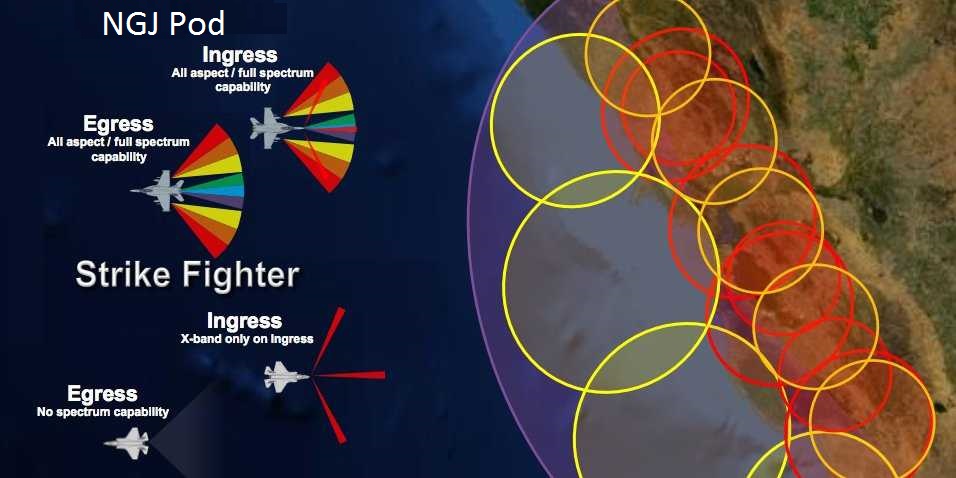
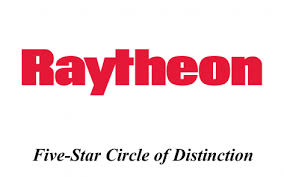


دائما يغردون خارج السرب

هو مشروع لتطوير نظام حرب الكتروني محمول جوا
لاستبدال
AN/ALQ99

ستصل للقدرة التشغيليه الاوليه عام 2021

ستوفر قدرات هجوم وتشويش الكتروني مبتكره
الصانع شركة رايثون

طريقة العمل:
لتشويش الشبكي
flooding the frequencies in which they operate with energy so that enemies cannot collect or transmit information
That requires being able to precisely identify the relevant frequencies and then generate sufficient local energy to prevent their use
active electronically scanned arrays
meaning transmitters that direct their jamming signals by shifting phase electronically rather than being mechanically moved. Moving parts tend to wear out, and can’t deliver the agility of electronically-scanned systems. The Next Generation Jammer will be able to defeat diverse threats simultaneously with sufficient accuracy so that it does not disrupt friendly signals on adjacent frequencies (such as GPS signals). It will be more efficient, more reliable, and more maintainable.

ليس لديك تصريح لمشاهدة الرابط، فضلا قم ب تسجيل الدخول او تسجيل
دائما يغردون خارج السرب

